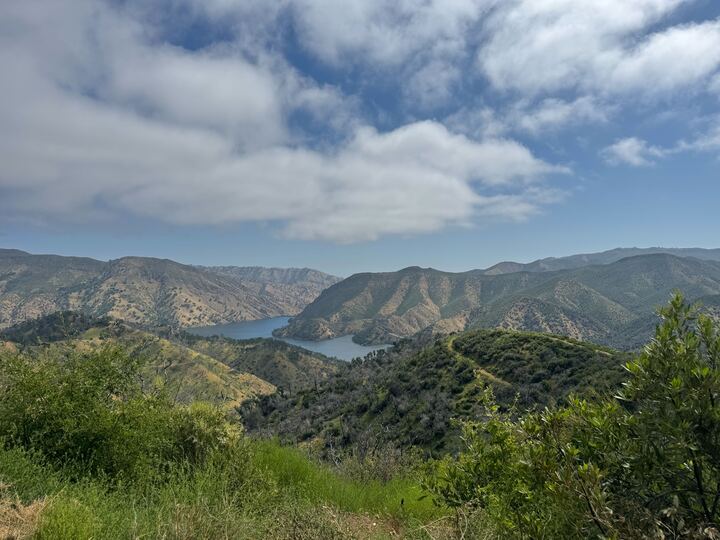Regrouping, Rethinking, and Ready for Round Two - Section A
In our last experiment, butterflies showed little interest in the flowers we prepared, which was disappointing after all the effort that went into setting things up. Today, we came together to troubleshoot what might have gone wrong and to start planning our next step 💪. Big Thanks to all the people putting in effort throughout the week to feed, train, and catch butterflies 👏
10:00 am
Class began with Grace setting the goal for today: microbe group prepare bacteria and yeast needed for Monday; flower group test the shape preference of butterflies and decide which shape is suitable for Monday's experiment; people can work on the method part of the paper and try to organize it and create a draft.
Marshall brought the snacks and energy - we were fueled and ready to go 💖!
Some backup plans being brought up: 1. Collect many butterflies, rinse them, and plate to see what microbes are on their proboscis; 2. offer microbe solutions to butterflies and record the duration of proboscis extension, see how long they stay and actively drink.
10:10 - 10:40 am
Divided into groups:
Flower Group decided to try different colors, as butterflies didn't seem to view white as flowers. Sam ordered yellow 💛 and blue 💙 construction papers online and will be ready to pick up by Adrian this afternoon.
Butterfly Group fed butterflies that are still alive.
10:40 - 11:50 am
Butterfly Testing Group tested butterflies' potential shape preference by holding them and standing in the cage, and throwing them to see which flower they approach, but all the butterflies flew directly to and rested on the net.
Flower Group decided the shape of the flower (as shown in the picture above), which provides enough landing space. Sam, Courtney, Yeri, and I will take the materials home and make flowers. 60 flowers (15 each group, two groups switch, 2 colors) and more are preferred.
Microbe Group prepared the microbe needed for Monday, with 50 mL of control, bacteria, and yeast. A backup bacteria, Acinetobacter pollinis, is prepared in case the old one doesn't work. Marshall, Shiv, and Sai also prepared about 35 tubes to rinse the butterflies we catch on Sunday.
On weekends
1. Flower Group makes > 60 flowers
2. Butterfly catching people get as many butterflies as possible, rinse them, feed them, put them in envelopes, and label them with a number. The same number could be used on the corresponding tubes if possible. Check the condition of old butterflies also. Shiv mentioned a good idea that we can train and assign them color preference by feeding them water on one color and sugar water on another color, so I will bring six flower demos (three yellow, three blue) on Sunday.
3. The rest of the class think about the potential backup plans if the butterflies go straight to the net again. The resources we have are butterflies, their habitat access, microbe group culturing solutions needed, cages, and flowers with different colors.
Plan for Monday
1. Mini trial to see the color preference
2. Actual trial 🙏. The same setup as Monday: three timers for each treatment, one general timer, one recorder, one to release the butterfly, one to close the net, and one/three observe the extension of the proboscis.
3. Backup plans. The first one, proboscis microbes, will be collected on Sunday; the second one, duration of proboscis extension, is challenging, as Courtney mentioned, it is hard to tell if they are actually drinking or just resting in solutions; the third one, collecting nectars from wild flowers, will require collecting tools, methods to analyze, and another field trip.
Science is 90% failure, 9% snacks, 1% butterflies doing the thing you actually wanted them to do ☝.






Comments
Post a Comment